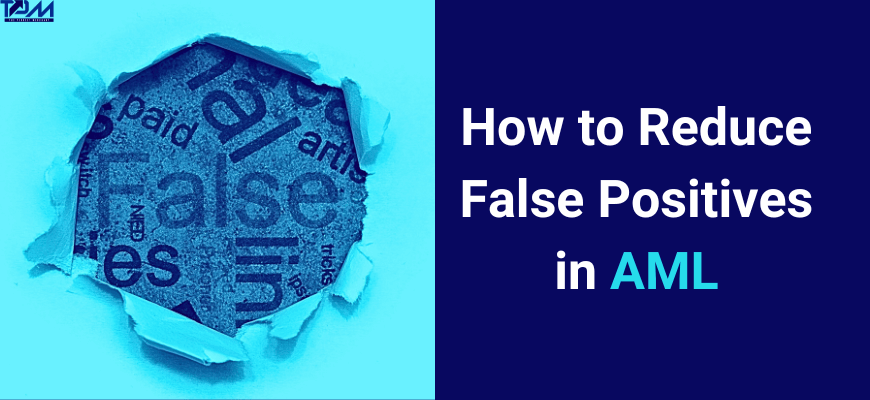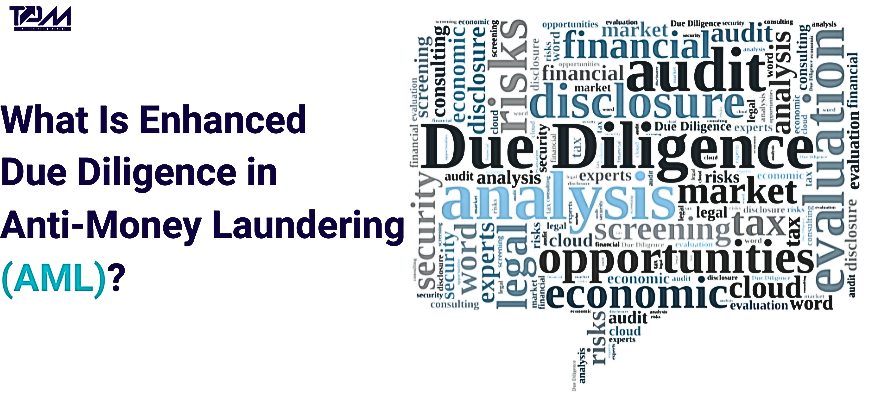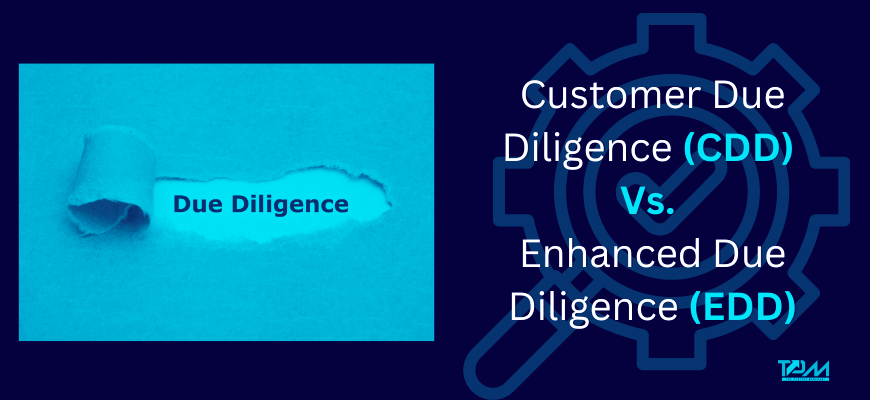
Jul
Source of Funds vs. Source of Wealth (SoF vs. Sow)
SoF refers to the origin of the funds involved in a transaction, while SoW pertains to the total accumulation of a customer's wealth over time. In the context of SoF vs. SoW, banks, and financial institutions place significant emphasis on…
Read More
Jul
AML False Positives: How To Identify and Reduce Them
Your AML system flags so many transactions as suspicious, only to find out later that they were perfectly legitimate. This phenomenon, known as false positives, can be a real headache. What Are AML False Positives AML false positives occur when…
Read More
Jul
Smurfing Vs. Structuring in Money Laundering: A Complete Guide
Smurfing vs. structuring—both are methods used in the “placement” stage of money laundering, where illicit money is introduced into the financial system. In this piece, we will examine smurfing vs. structuring, offering a detailed look at smurfing and structuring in…
Read More
Jul
What Is Enhanced Due Diligence (EDD) In AML?
When it comes to anti-money laundering (AML), one significant aspect that businesses and financial institutions must grasp is enhanced due diligence (EDD). Why is EDD so important? Imagine you’re responsible for protecting your company against financial crime. Basic checks might…
Read More
Jul
Customer Due Diligence (CDD) vs. Enhanced Due Diligence (EDD)
CDD and EDD are important processes to prevent money laundering and terrorism financing. They differ in how detailed the investigations are. Before getting into details, let's first cut straight to what is the difference between CDD and EDD with a…
Read More
Jun
Emerging AML Trends to Watch In 2024 (And 2025)
If you’re any financial or non-financial (AML-obligated) business, you need to stay on top of the latest AML trends. This article covers key emerging AML technology trends that can help you remain compliant and efficient. Bookmark this skimmable guide to…
Read More